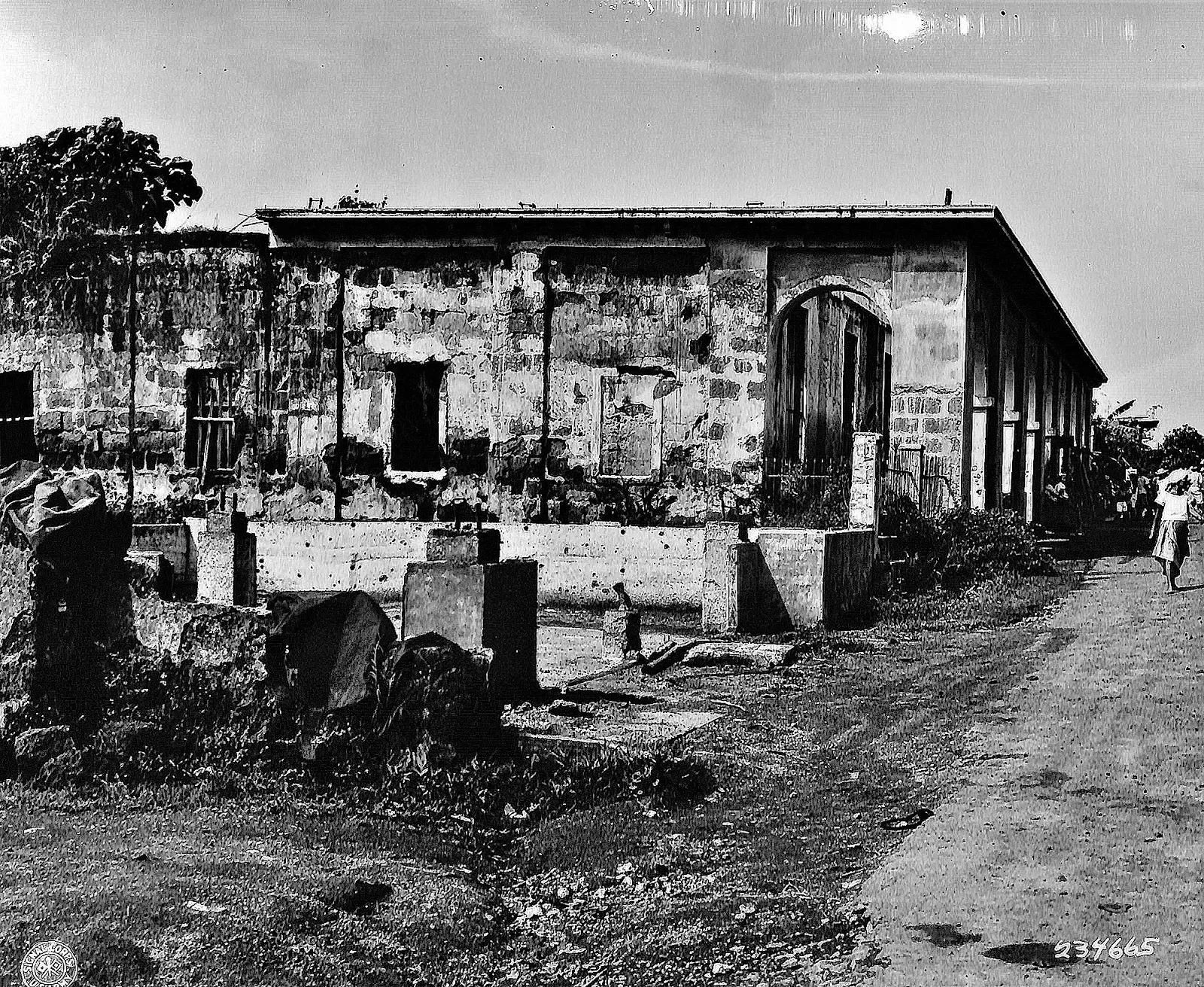Testimony of Agapita Mapalad of San Jose, Batangas on the Killing of Her Husband by the Japanese in 1945
[TRANSCRIPTION]
This page contains the testimony of one Agapita Mapalad of San Jose, Batangas regarding the killing of her husband by the Japanese in 1945. The pages contained herein now declassified and were part of compiled documentation1 of war crimes trials conducted by the United States Military Commission after the conclusion of World War II. Most of the testimonies were translated from Tagalog and have been corrected for grammar by Batangas History, Culture and Folklore where possible. The pagination is as it was contained in the original document for citation purposes.
[p. 10]
R E S T R I C T E D
Q Please state your full name, age, address and nationality.
A Agapita Mapalad, 25 years old, Barrio Lapulapu II, San Jose, Batangas Province, P.I., Filipino.
Q What is your occupation?
A Housekeeper.
Q Do you intend to remain at your present address, and if not, how can your whereabouts in the future be ascertained?
A I intend to remain at my present address.
Q Did you suffer any mistreatment at the hands of the Japanese?
A No, but my husband was killed by the Japanese.
Q Please tell us what you know about the killing of your husband.
A On January 23, 1945, three o’clock in the morning, my husband went out of our house and told me he would help Dr. Ona evacuate his belongings to our barrio. I did not
On June 25, 1945, I and three other women — Matilde Dical, aged 25; Tomasa Aguila, aged 40; and Maria de Castro, aged 34, went to a place between the barrios of Masiit and Cumba, Lipa, where Dr. Ona directed us, in search of our husbands. We found four bodies there, my husband, Felipe Villanueva, aged 31; Matilde’s husband, Miguel Ilagan, aged 37; Tomasa’s husband, Teofilo Ilagan, aged 40; and Maria’s husband, Martin Pasia, aged 43. We recognized that they were the men we were looking for because of their clothes. My husband had still the scabbard of his bolo although the bolo was no longer in it. These four were tied together with their hands behind their backs.
Q Do you know the names of any of the Japanese responsible for this atrocity?
A No, I did not see them.
Q How did you know they were killed by the Japanese?
A Because the people around that place said they were. Besides, tying people together with their hands behind their backs and killing them is exclusively a Japanese style of mass murder.
Q Do you know of any Japanese unit stationed around the area?
No.
Q Have you anything else to add to your statement?
A No.
/t/ AGAPITA MAPALAD
[p. 11]
R E S T R I C T E D
COMMONWEALTH OF THE PHILIPPINES
PROVINCE OF BATANGAS
TOWN OF SAN JOSE
/t/ AGAPITA MAPALAD
/t/ ALLEN H. PEOPLES, Capt., CAC
Investigating Detachment.
COMMONWEALTH OF THE PHILIPPINES
PROVINCE OF BATANGAS
TOWN OF SAN JOSE
/t/ ALFREDO CUEVAS
/t/ ALLEN H. PEOPLES, Capt., CAC,
Investigating Detachment.
[p. 12]
R E S T R I C T E D
|
Municipal Bldg., San Jose, Batangas Province, P.I. |
/s/ Allen H. Peoples /t/ ALLEN H. PEOPLES, Capt., CAC |
| 1st November 1945 |
/s/ Charles C. Thompson /t/ CHARLES C. THOMPSON, Capt., TC |
| NAME | AGE | ADDRESS | NATIONALITY |
| Tomasa Aguila | 40 | Lapulapu II, San Jose, Batangas Province, P.I. | Filipino |
| Maria de Castro | 34 | Lapulapu II, San Jose, Batangas Province, P.I. | Filipino |
| Matilde Dical | 25 | Lapulapu II, San Jose, Batangas Province, P.I. | Filipino |

